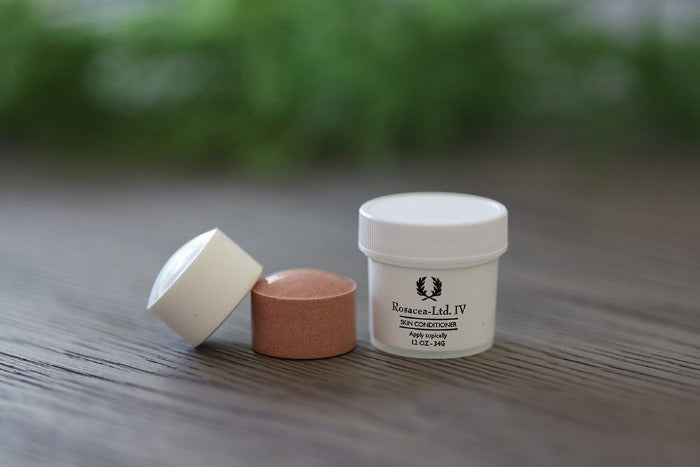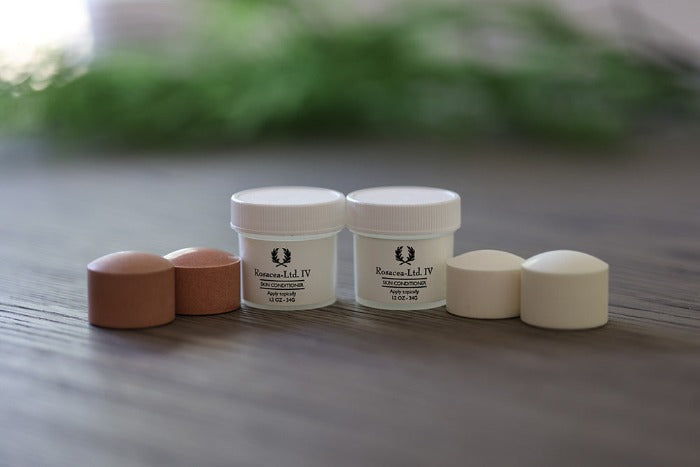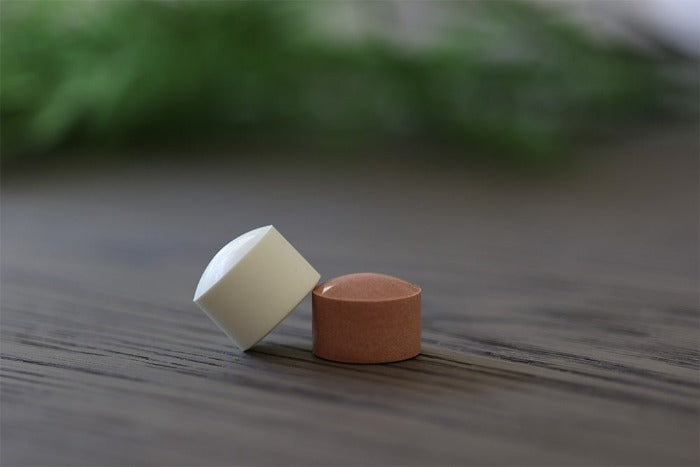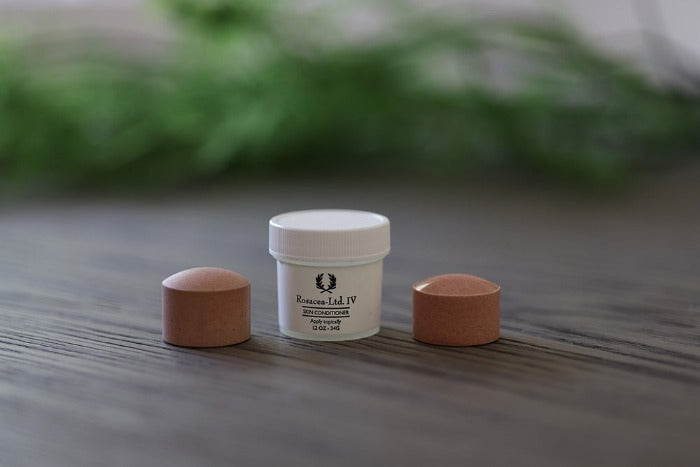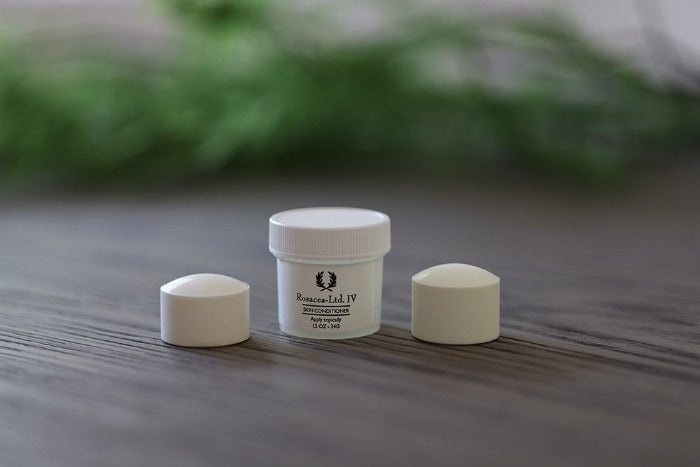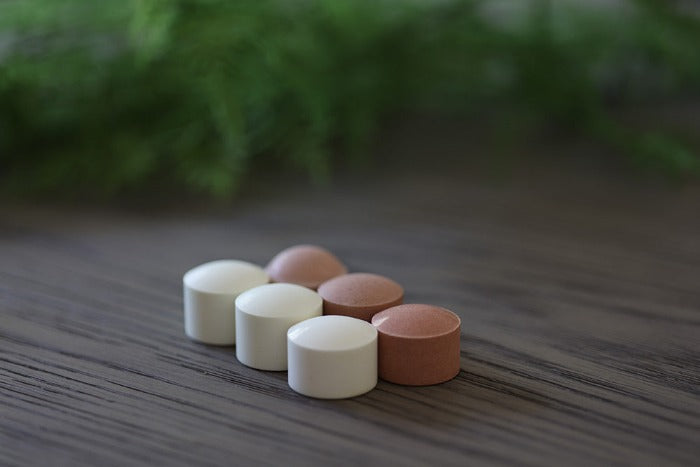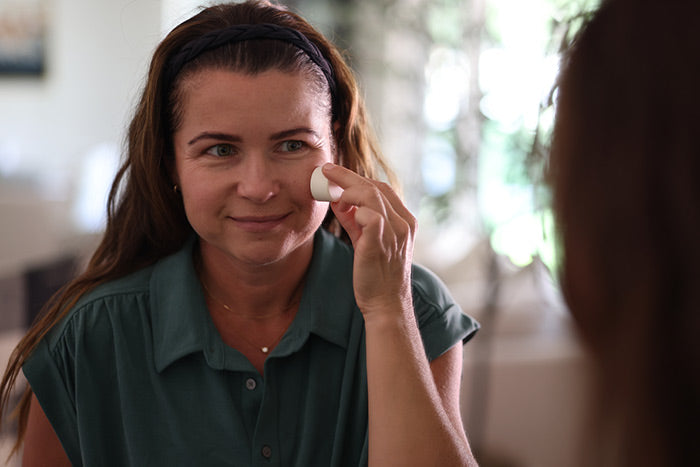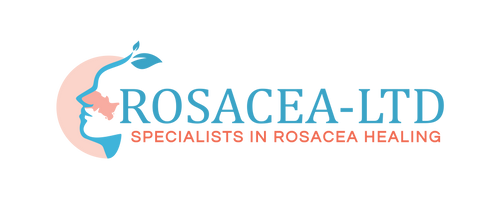Rosacea & Steroids
Topical Steroids are Not to be used as a Rosacea Treatment
When a rosacea patient has treated for a prolonged time with topical steroids the disorder may at first respond, but inevitably the signs of steroid atrophy (skin tissue destruction or shrinkage) emerge with thinning of the skin and marked increase in telangiectasias and a weathered dry older appearing skin due to atrophy or skin death. The complexion changes to a darker red. The skin surface begins to develop more deep papules and acne pustules, and firm nodules. The appearance is most noticeable to the patients with a flaming red, peeling, and papule-covered face.
Steroids should never ever be prescribed for rosacea as Dr.Kligman & Dr. Pleig state in their 1973 book, entitled Acne & Rosacea, First edition and also in their second 1993 edition which harshly criticizes dermatologists that prescribe steroids for rosacea.
Steroid rosacea or ‘steroid withdrawal’ is an avoidable condition which, in addition to disfigurement, is accompanied by severe discomfort due to pain and dryness. Steroid withdrawal or ‘steroid rebound’ due to steroid treatment always increases the intensity of the rosacea skin problem and it should never have been prescribed. It was nice to have a temporary good result but the long run results are devastating. Always avoid steroids or cortisones as the ‘quick results gain are eventually lost with a great sacrifice to the skin and overall health and confidence to the patient. Get off of steroids as quickly as possible to avoid steroid addiction and the resulting steroid withdrawal. Most dermatologists know not to prescribe a steroid for the treatment of rosacea as they have been well educated.
Those rosacea patients that have unfortunately been placed on steroids can gain minimal ‘steroid rebound’ or ‘steroid withdrawal’ by the use of Rosacea-Ltd IV.
A list of some of the more common steroids prescribed for rosacea which should be avoided:
| Potency | Generic name | Trade name |
|---|---|---|
| I – Ultra high Up to 600 times as potent as Hydrocortisone | Diflorasonediacetate .05% | Psorcon |
| Clobetasolpropionate .05% | Cormax | |
| Clobetasolpropionate .05% | Temovate | |
| Halobetasolpropionate .05% | Ultravate | |
| Betamethasonedipropionate .05% in an optimized vehicle | Diprolene | |
| Halcinonide .1% | Halog | |
| II – High 100-150 times as potent as Hydrocortisone | Amicinonide .1% | Cyclocort |
| Fluocinonide .05% | Lidex | |
| Desoximetasone .25% | Topicort | |
| Diflucortolonevalerate | Nerisone | |
| Fluticasonevalerate | Cutivate | |
| Hydrocortisone 17-butyrate | Locoid | |
| Betamathasone Dipropionate .05% | Lotrisone | |
| Methylprednisoloneaceponate .1% | Advantan | |
| Betamethasonevalerate .1% | Valisone | |
| Betamethasonedipropionate .05% | Diprosone | |
| III – Mid 2-25 times as potent as Hydrocortisone | Diflorasonediacetate | Florone |
| Prednicarbate .1% | Dermatop | |
| Triamcinolone Acetonide .02% | Aristocort .02% | |
| Triamcimolone Acetonide .05% | Aristocort .05% | |
| Clobetasonebutyrate .05% | Eumovate | |
| Fluocinolone Acetonide .005% | Synalar 1/5 or (20% Synalar in Aqueous Cream) | |
| Betamethasonevalerate .05% | Valisone | |
| Fluocinolone Acetonide .025% | Synemol | |
| IV – Mid | Flurandrenolide | Cordran |
| Mometasonefluroate | Elocon | |
| V – Mid | Fluocinolone Acetonide .01% | Synalar cream |
| Fluticasonepropionate | Cutivate | |
| Clocortolone pivalate .1% | Cloderm | |
| Betamethasonevalerate .02% | Valisone | |
| VI – Low | Prednicarbate .05% | Aclovate |
| Desonide .05% | DesOwen | |
| Hydrocortisone .2% | Westcort | |
| VII – Very low | Hydrocortisone acetate .5-1.0% | Efcortelan |
| Hydrocortisone 2.5% | Anusol HC | |
| Hydrocortisone 1.0% | Aquanil HC | |
| Hydrocortisone .5-2.5% | Hytone | |
| Aclometasonedipropionate .05% | Perderm |
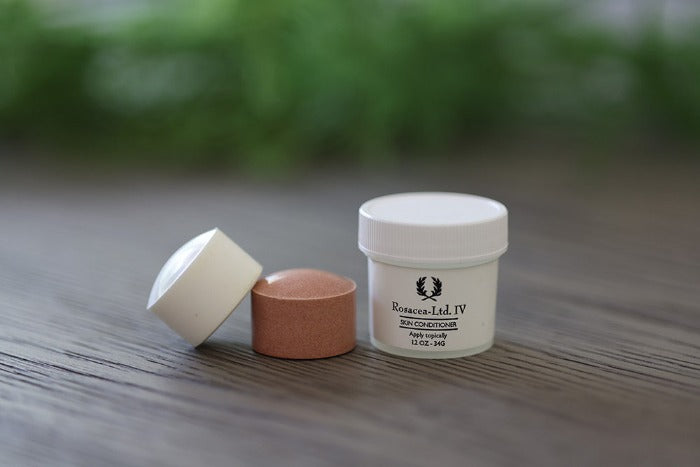
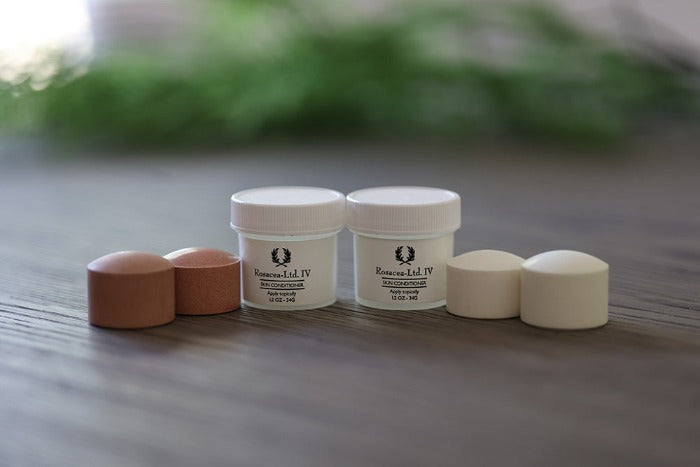
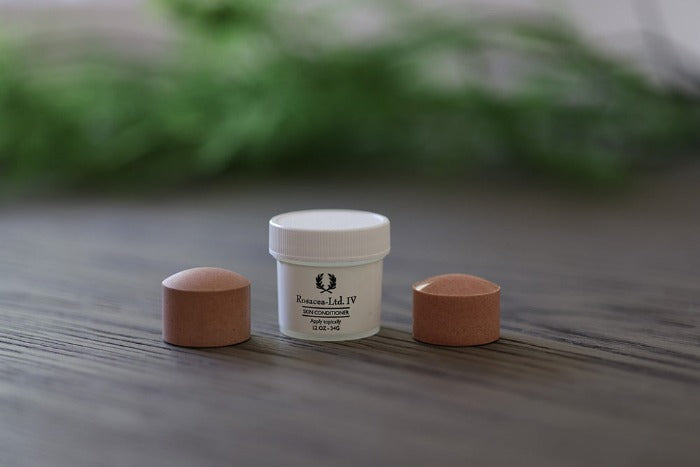
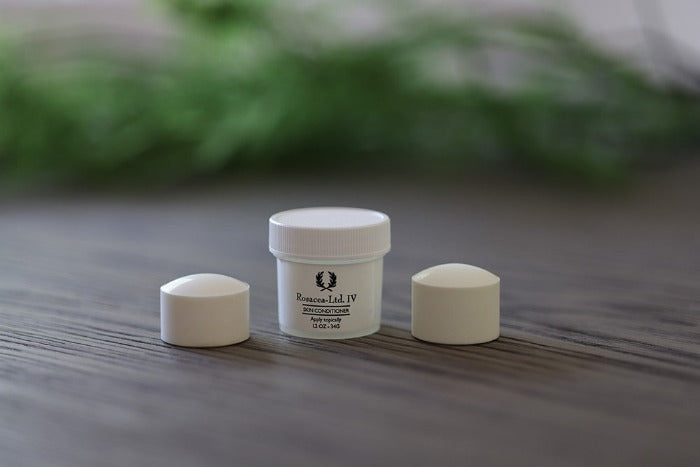
Rosacea-LTD
Rosacea-Ltd IV
